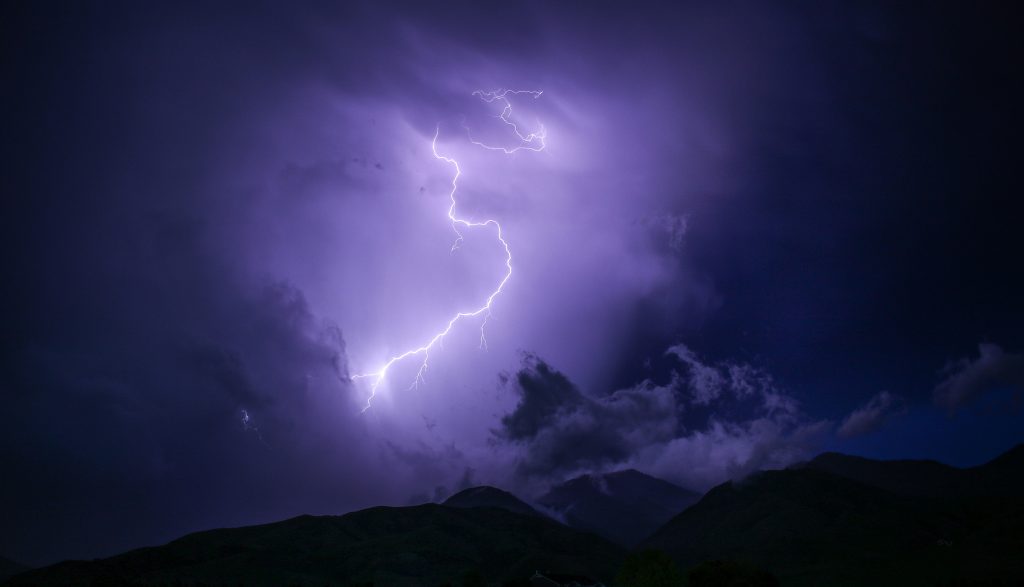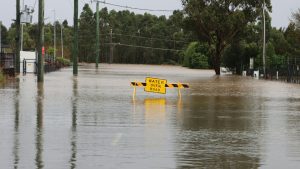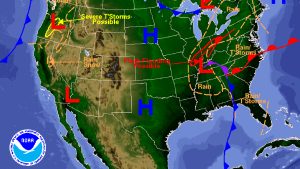What Is Lightning?
Lightning is a sudden electrostatic discharge caused by imbalances between storm clouds and the ground—or within the clouds themselves. This powerful burst of electricity heats the surrounding air to over 30,000°C (54,000°F)—hotter than the surface of the sun—causing the rapid expansion of air that results in thunder.
How Does Lightning Form?
- Charge Separation: In a thunderstorm, ice particles and water droplets collide, causing electrons to move and create a buildup of electrical charge.
- Charge Distribution: The top of the storm cloud becomes positively charged, while the base becomes negatively charged.
- Ground Charge: The negative charge in the cloud induces a positive charge on the ground beneath.
- Discharge: When the electric potential is high enough, a stepped leader descends from the cloud and a return stroke rises from the ground—creating a visible bolt of lightning.
Types of Lightning
- Cloud-to-Ground (CG): The most well-known and dangerous type.
- Intra-Cloud (IC): Occurs within a single cloud—most common.
- Cloud-to-Cloud (CC): Lightning between two clouds.
- Ground-to-Cloud (GC): Rare upward strikes from the ground.
- Ball Lightning: A mysterious and rare floating orb of lightning.
- Anvil Crawlers: Horizontal bolts across the underside of a cloud.
How Far Away Is That Lightning?
Count the seconds between seeing the lightning and hearing thunder. Divide by 5 to estimate distance in miles (or divide by 3 for kilometers).
Example: 15 seconds = ~3 miles away.
Lightning Safety Tips
- Seek shelter indoors or inside a car (not a convertible).
- Avoid open fields, water, and tall isolated objects.
- Unplug electronics before storms hit.
- Never take shelter under a tree.
- Wait 30 minutes after the last thunderclap before resuming outdoor activities.
Interesting Lightning Facts
- The average lightning bolt is 5 miles long.
- Over 8 million lightning strikes occur around the world every day.
- Florida leads the U.S. in lightning strikes per year.
- Lightning can strike the same place more than once—the Empire State Building is hit around 20–25 times a year.
Conclusion
Lightning is both beautiful and deadly. Understanding how it works and how to stay safe can enhance your appreciation for the raw power of nature. Whether you’re chasing storms or watching from your window, lightning is one of the most electrifying phenomena on Earth.




